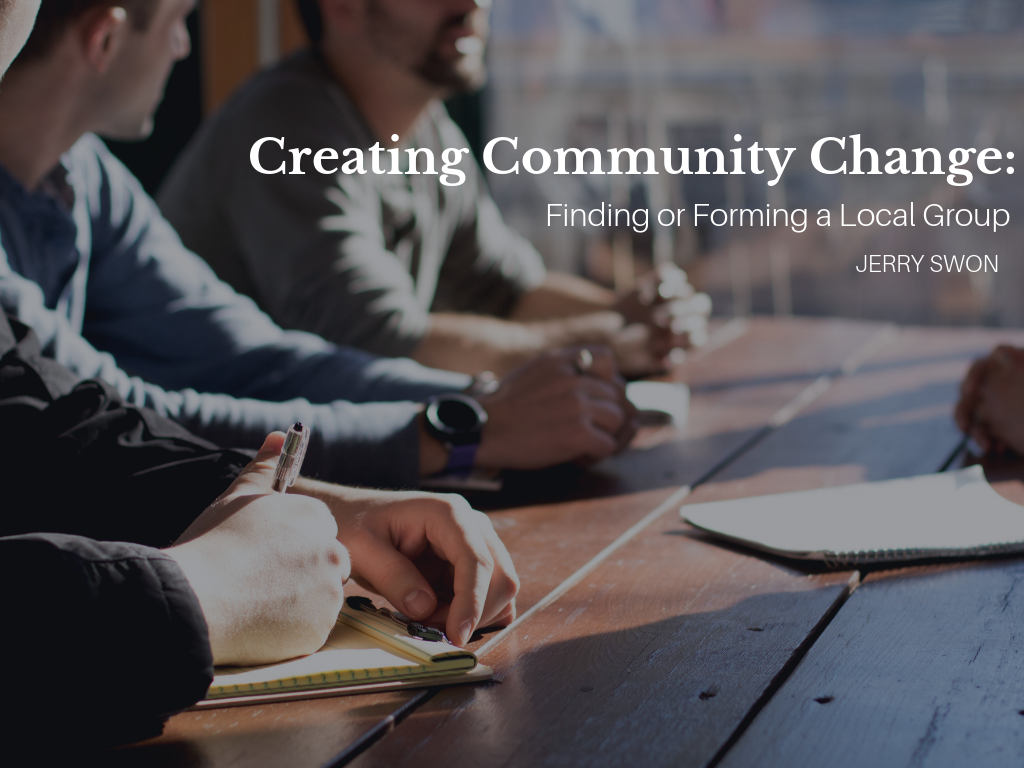Creating change in your community sometimes feels like an impossible task; without organization and clear goals, the prospect of enacting and maintaining a significant change seems somewhat impossible. However, if you believe your community is in need of change — whether you want to propose a sustainability initiative or a rehabilitation program — a local group of like-minded people might be the answer.
Finding A Group
Though you may feel inclined to jump in and create your own group, make sure you do a full sweep of any existing groups. Finding a group that suits your goals and needs will not only save you time and energy but will also provide an established platform for you to share ideas. You will also avoid creating unnecessary tension, should a group with your goals already exist. Make sure you exhaust all your resources in your search; it’s better to spend time researching what groups are in your community before going ahead and creating your own.
Look into your local newspaper or do a quick Google search to see what you find. There are a number of kinds of groups that might exist, from youth programs and university organizations to town councils and neighborhood associations, and while your community might not have all of these groups, it will be beneficial to explore what exists and engage with community leaders; even if the group you’re looking for isn’t out there (yet!), other leaders may be able to offer support and advice for starting your own group.
Forming A Group
If you find that there isn’t a group that fits your desires, that is when you will want to think about starting your own group. While the process isn’t necessarily easy, it will be rewarding. Arguably the most important step is the first step: Network. In order to have a functional group, you have to connect with other locals. This will require you to get out and talk to people, find those who are like-minded and those whose skills will help achieve your goals, and get them interested.
The next step after cultivating interest is to schedule your first meeting. You should choose a place that is easily accessible and make sure you spread the word; use social media platforms to create and share events, or hang flyers in your area.
Even if attendance is relatively low, keep in mind that you’re bringing people together who also want to enact a change. The process might be slow, but as long as you work on a schedule and objectives, your group will have goals.
Take notes and be mindful of everyone’s opinions. At this first meeting, some attendees might be intimidated or nervous, so encouraging everyone to share and creating a space that’s welcoming is important.
Once you have spent time discussing ideas and potential goals, the meeting will eventually draw to a close. Thank everyone for coming, and be sure to remind everyone of the next meeting; you’ll want to send a reminder, too, roughly one week prior to the next date. In the days between meetings, make a list of items to address at the next meeting and follow up with any lingering questions (typically via email).
It may feel like a tedious process, but the outcome is certainly beneficial. If you want to enact change in your community, finding or forming a small group of people who want the same things are great ways to get involved and foster community engagement.
